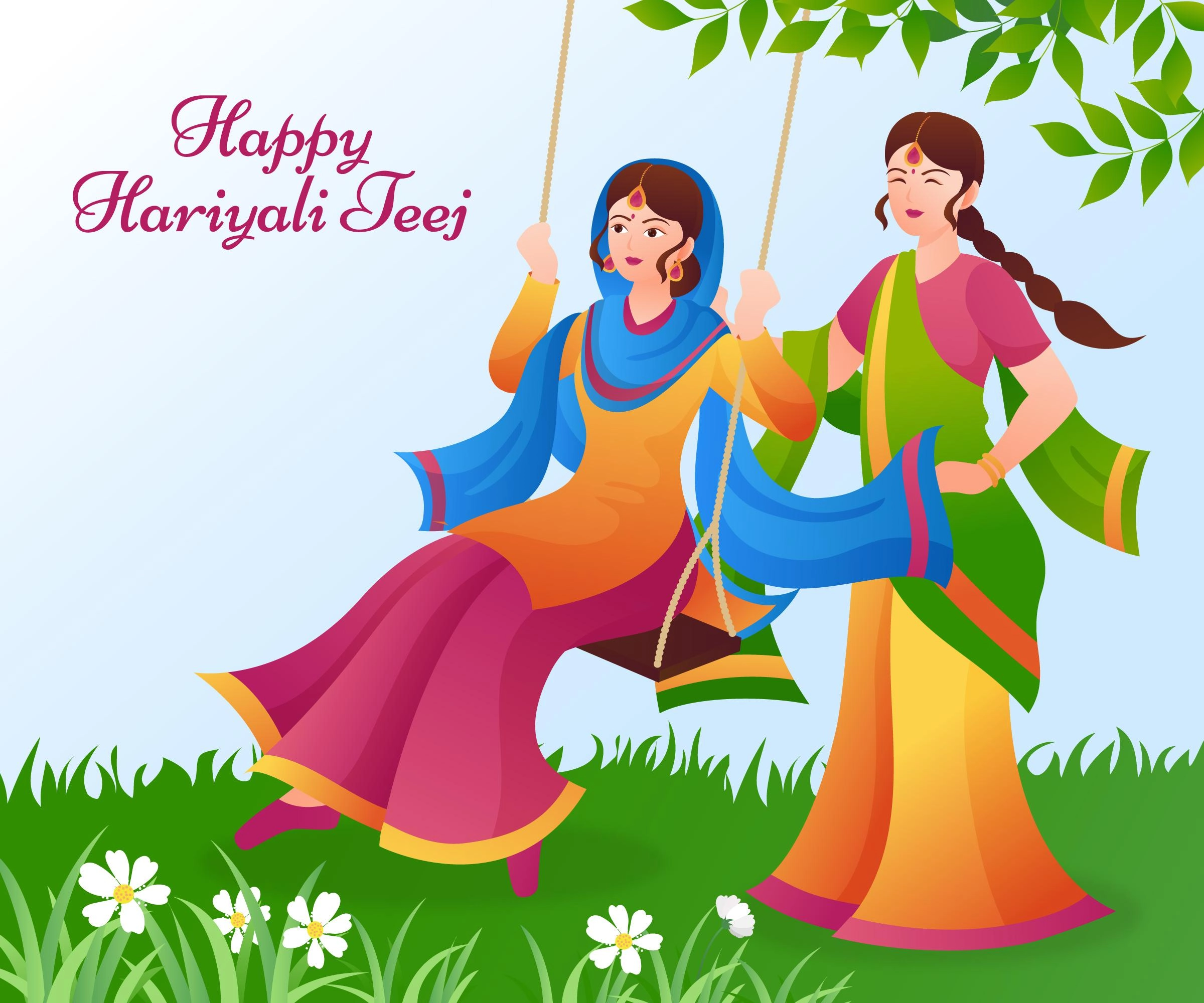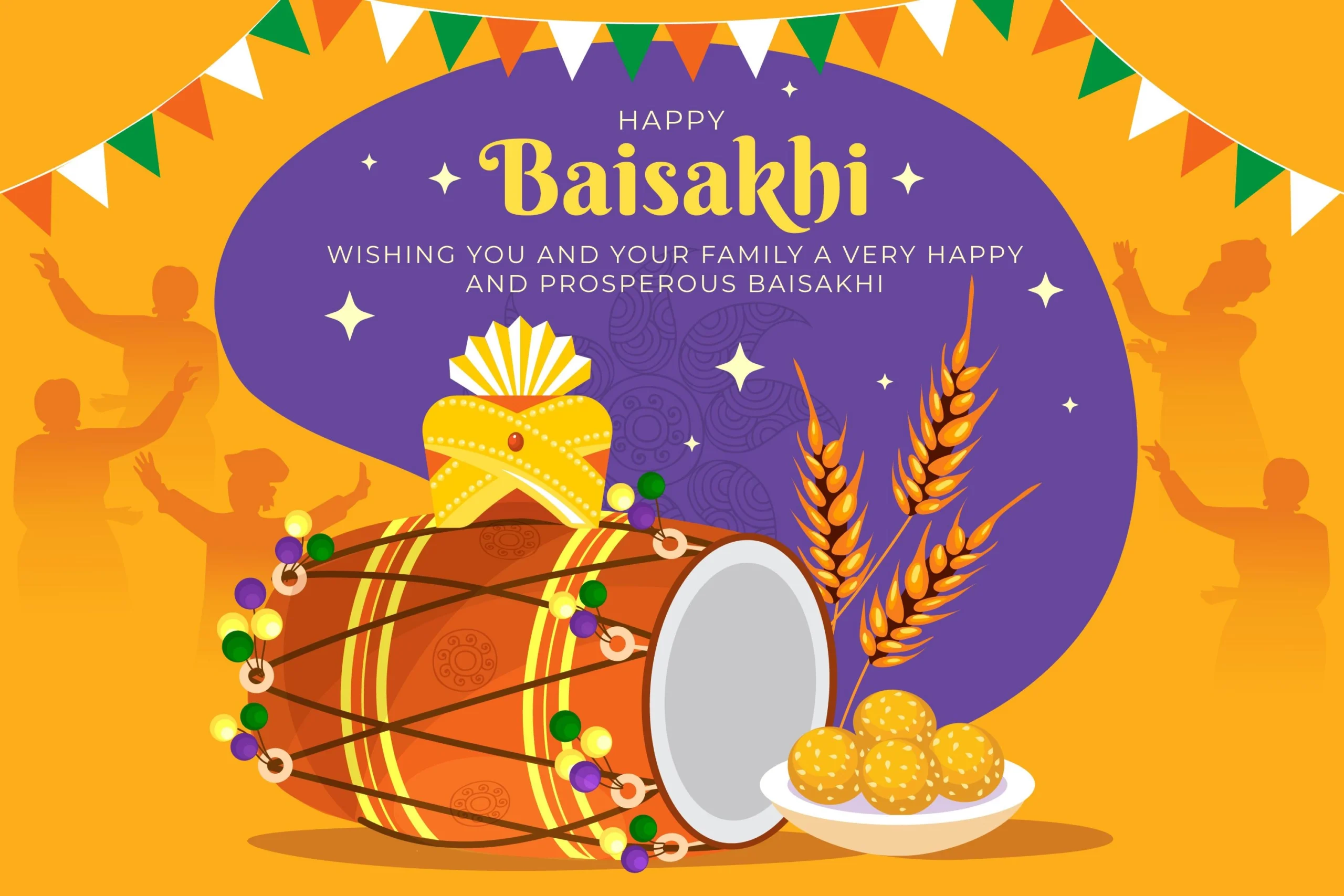Eid al-Fitr, often referred to as the “Festival of Breaking the Fast,” is a significant Islamic holiday marking the end of Ramadan, the holy month of fasting. Celebrated by Muslims worldwide, this joyous occasion is a time for communal prayers, feasting, giving charity, and spending time with loved ones. In this article, we will explore the various customs, traditions, and activities that make Eid al-Fitr a memorable and meaningful celebration.
The Significance of Eid al-Fitr
A Celebration of Faith and Community
Eid al-Fitr is a time for Muslims to come together and celebrate their faith. After a month of fasting from dawn to sunset, Muslims express gratitude to Allah for the strength and patience bestowed upon them during Ramadan. This festival not only strengthens the bonds of faith but also fosters a sense of unity and community among Muslims.
The End of Ramadan
The culmination of Ramadan is marked by the sighting of the new moon, signaling the beginning of Shawwal, the tenth month of the Islamic lunar calendar. Eid al-Fitr is celebrated on the first day of Shawwal, and the exact date varies each year based on the lunar calendar and moon sighting.
Preparing for Eid al-Fitr
Spiritual Preparations
In the days leading up to Eid al-Fitr, Muslims engage in increased acts of worship, including reciting the Quran, offering additional prayers, and seeking forgiveness for any shortcomings during Ramadan. This period of spiritual reflection helps individuals prepare their hearts and minds for the joyous celebration ahead.
Physical Preparations
- Home Decoration: Many families take the time to clean and decorate their homes, creating a festive atmosphere. Traditional decorations include colorful lights, banners, and intricate designs known as “Eid mubarak” or “Happy Eid” signs.
- Shopping for New Clothes: It is customary to wear new clothes on Eid al-Fitr. Families often go shopping for new outfits, and children, in particular, look forward to donning their best attire.
- Preparing Special Foods: Traditional dishes and sweets are prepared in anticipation of the festive meal. Some popular foods include biryani, kebabs, samosas, and an array of sweets like baklava, maamoul, and sheer khurma.
The Day of Eid al-Fitr
Performing the Eid Prayer
The day of Eid al-Fitr begins with a special prayer known as the “Salat al-Eid” or “Eid prayer.” This prayer is usually performed in congregation at a mosque or an open field, allowing the community to come together. The prayer consists of two units (rak’ahs) and is followed by a sermon (khutbah) delivered by the imam.
Giving Zakat al-Fitr
Before the Eid prayer, it is obligatory for Muslims to give Zakat al-Fitr, a form of charity intended to purify one’s fast and help those in need. This charitable act ensures that everyone in the community, regardless of their financial situation, can partake in the festivities.
Celebratory Customs and Traditions
Sharing a Festive Meal
One of the highlights of Eid al-Fitr is the festive meal shared with family and friends. The meal often includes a variety of traditional dishes and sweets, reflecting the cultural diversity of the Muslim community. It is a time to enjoy delicious food, engage in joyful conversations, and strengthen familial bonds.
Visiting Loved Ones
Visiting relatives and friends is a cherished tradition on Eid al-Fitr. Families often spend the day going from house to house, offering greetings of “Eid Mubarak” (Blessed Eid) and exchanging gifts. These visits reinforce the sense of community and togetherness.
Giving and Receiving Gifts
Gift-giving is an integral part of Eid al-Fitr celebrations. Children, in particular, eagerly anticipate receiving “Eidi” – money or presents given by elders. Adults also exchange gifts as a token of love and appreciation.
Cultural Variations in Eid al-Fitr Celebrations
Middle Eastern Traditions
In many Middle Eastern countries, Eid al-Fitr is marked by grand feasts, traditional music, and dance performances. Public spaces are adorned with lights and decorations, and there are often large gatherings in parks and public squares.
South Asian Customs
In South Asia, particularly in countries like India, Pakistan, and Bangladesh, Eid al-Fitr is celebrated with vibrant cultural activities. Traditional clothing, such as sherwanis and saris, are worn, and there are elaborate family gatherings, complete with music and dance.
African Celebrations
In African countries, Eid al-Fitr is a community-centered event with communal prayers, feasting, and cultural performances. Traditional African attire is worn, and local dishes are prepared and shared among families and neighbors.
Southeast Asian Festivities
In Southeast Asia, countries like Indonesia and Malaysia celebrate Eid al-Fitr with a blend of local and Islamic traditions. The holiday is known as “Hari Raya Aidilfitri” and includes visiting graves of loved ones, hosting open houses, and enjoying traditional dishes like ketupat and rendang.
Modern Eid al-Fitr Celebrations
Virtual Gatherings
In recent times, especially during the COVID-19 pandemic, virtual gatherings have become a popular way to celebrate Eid al-Fitr. Families and friends connect through video calls, sharing their festive moments and extending greetings despite physical distances.
Community Service
Many Muslims use the occasion of Eid al-Fitr to engage in community service. Volunteering at local shelters, distributing food to the needy, and organizing charity drives are ways to give back to the community and embody the spirit of generosity.
Conclusion
Eid al-Fitr is a time of joy, gratitude, and togetherness. It is a celebration that brings Muslims closer to their faith, family, and community. By engaging in spiritual and physical preparations, performing the Eid prayer, sharing meals, and giving charity, Muslims around the world create lasting memories and reinforce the values of compassion, generosity, and unity. As we celebrate Eid al-Fitr, let us embrace the diversity of traditions and customs that make this festival a truly global and inclusive event.


